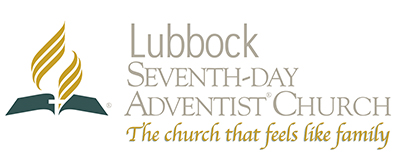LJA students are learning about behavioral adaptations God gave animals. These behaviors are divided into two types: innate and reflex behavior. Any behavior that an animal knows how to do without being taught is an innate behavior. A reflex is a simple, automatic response by a part of the body to a stimulus. An example of innate behavior is how birds are born knowing how to build nests. Reflexes are controlled by the nervous system in the spinal cord rather than the main part of the brain.
This unit lent itself to also learn about classical and operant conditioning. This theory involves learning a new behavior via the process of association. Classical conditioning happens when two stimuli are linked together and produce a new learned response.
Students were able to use their Chromebooks to watch Dr. Ivan Pavlov use a buzzer at the same time food was presented to a dog. Food was presented to the dog in consecutive sequences. The dog would initially salivate when the food was presented. The dog later came to associate the sound with presentation of a buzzer or stimuli.
They also enjoyed watching how Dr. B.F. Skinner taught pigeons how to play ping-pong using food as a stimulus. Dr. Skinner gave a reward to a pigeon who even attempted to peck at a ping- pong ball. When the ping- pong ball rolled off the opponent’s ping- pong side, the winning pigeon received food. It was a fun example of operant conditioning.
We love to go beyond the minimum requirements to stretch out and learn additional information. God bless the Lubbock Seventh day Adventist Church for purchasing Chromebooks for us!

Recent Comments